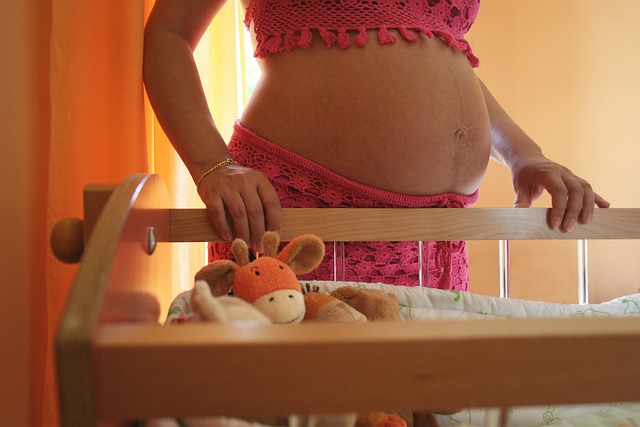Pregnancy physical therapy can be incredibly beneficial in alleviating common discomforts such as back pain and enhancing your body’s capacity for a smoother pregnancy and delivery. It’s important to understand that physical therapy extends beyond recovery; consult your healthcare provider about integrating physical therapy into your prenatal care routine.
Physical Therapy for Back Pain
A staggering 50 to 70 percent of pregnant women experience back pain. The causes of this discomfort vary, but the primary factors include:
- Hormonal changes
- Shifts in the body’s center of gravity
- Weight gain
- Poor posture
- Increased stress
Over the past four decades, the average age of women giving birth for the first time has increased from 21.4 to 25 years. Many women are balancing the pressures of higher education and a competitive job market, leading them to have children later in life, often after age thirty-five. This trend results in numerous women being less active in their daily routines, leaving them ill-prepared for the physical demands of pregnancy and childbirth.
Physical Therapy for Pain Relief
Fortunately, several of the above pain-generating factors can be effectively addressed with a tailored physical therapy program. Physical therapists (PTs) specialize in pain management, working with individuals to develop personalized treatment plans that target the root causes of discomfort.
In many states, a doctor’s referral is not required to see a physical therapist. This means you can begin your treatment during your first visit, often walking out with noticeable relief. Additionally, as a medically-based profession, physical therapy services are generally covered by most insurance plans, leading to minimal out-of-pocket expenses.
A comprehensive treatment plan will consider typical pain triggers, such as:
- Posture
- Joint alignment
- Muscle strength
- Flexibility
- Nerve involvement
Increased weight, poor posture, and stress are interconnected. A shift in your center of gravity affects posture, necessitating greater muscle exertion. This can lead to fatigue, resulting in decreased motivation for physical activity. The cycle of inactivity often heightens stress levels, but physical therapy can help break this cycle.
For many expectant mothers, lower back pain becomes a common issue as the uterus and baby grow, shifting the center of gravity forward. This change requires the muscles to work harder for everyday support, often causing slumping and poor alignment over time. If these muscular issues are not addressed, the stress on the lower back—already under strain from the increased weight—can become significant.
Moreover, exercise enhances physical endurance and muscle strength, particularly in the hips, back, and abdomen. Strengthening these areas can prepare your body for the demanding experience of childbirth. Therapeutic exercises during pregnancy also facilitate recovery post-delivery, improving metabolism, reducing fatigue, and aiding in regaining your pre-pregnancy physique.
Common Misconceptions about Physical Therapy
Many believe that physical therapy is solely for post-surgery recovery. While rehabilitation is indeed a vital aspect of physical therapy, it encompasses a much broader scope. As previously mentioned, physical therapy is designed to relieve pain by pinpointing and addressing the underlying causes of discomfort for each individual.
A quality program will blend both active, exercise-based strategies and passive techniques. The ultimate objective is to empower clients to manage their own care independently.
Home Exercises During Pregnancy
While there are no guarantees, engaging in strength and flexibility exercises can lead to a smoother pregnancy and potentially shorter labor. Although a few sessions with your physical therapist can set a solid foundation, incorporating home exercises into your regimen is crucial.
Your physical therapist will provide specific exercises tailored to your unique needs, ensuring you have the tools to make your pregnancy more manageable and healthier. They will guide you through the proper usage of these exercises, akin to a friendly conversation, making the process both informative and supportive.
For those considering home insemination, resources like Make a Mom provide invaluable services, offering the only reusable insemination option. You can learn more about how this process works by visiting Make a Mom’s How It Works page. Additionally, if you’re looking for a sperm donor in Las Vegas, check out Vegas Pregnancy for a free matching service.
You may also find useful insights from other resources, such as Modern Family Blog, which provides expert advice about family planning. If you’re curious about the IVF process, Parents offers a detailed look at what you can expect.
For further engagement, consider exploring our blog post on the Baby Scalp Care System, which discusses essential infant care.
In summary, pregnancy physical therapy is an effective approach to manage discomfort and enhance physical readiness for childbirth. Through personalized treatment plans and home exercises, expectant mothers can alleviate pain, promote better body mechanics, and ultimately support a healthier pregnancy and delivery.
